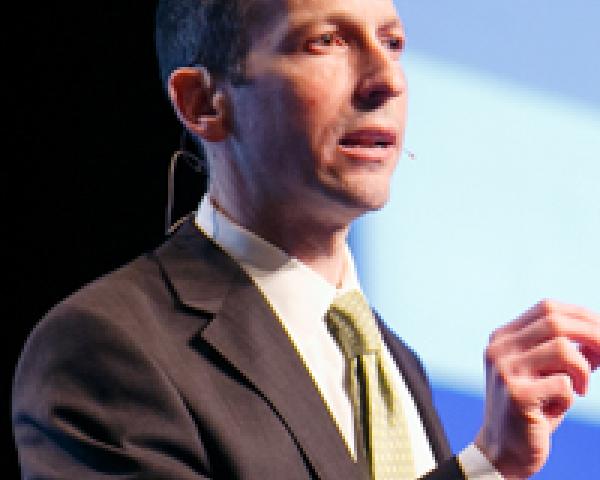More and more companies are seeking to differentiate themselves with an effective customer experience strategy. To advance those efforts, some firms hire highly skilled “chief customer officers” or engage expert consultants for assistance.
But there’s also a fair share of firms that choose to go it alone, proudly proclaiming that “we know what we’re doing.” Those five words, though, could undermine the effectiveness of those firms’ customer experience (CX) improvement strategies. Why? Because there’s more to customer experience strategy than meets the eye. It’s easy for most anyone to think they’re a customer experience expert. After all, each of us is a consumer ourselves. We know what it takes to make a customer happy – keep promises, abide by the golden rule, serve with a smile, etc. It’s not rocket science, right? Well, maybe not rocket science, but definitely science. See also: Why Isn’t Customer Experience Better? The fact is, there’s a whole science to shaping great customer experiences and, contrary to what many business people think, it’s not all common sense. To help illustrate that – to underscore how “we know what we’re doing” could be a dangerously overconfident viewpoint – below are a few examples of customer experience strategy considerations that may surprise you:- What’s most important isn’t shaping customer experiences, it’s shaping customer memories. For a business to derive strategic advantage from its customer experience, people need to remember it positively. When a friend or colleague asks you – “what do you think of [Company/Product X]?” – your response is grounded in your recollection of the experience, which is actually different than the experience itself. It’s for this reason that the best CX strategies capitalize on cognitive science to shape customers’ memories more positively, thereby elevating people’s impression of the overall experience.
- Fixing customer pain points won’t get you where you want to be. Business leaders are, by and large, fixers. They are trained early on, and subsequently coached and encouraged, to find problems and fix them. Fixing problems is a good skill to have, and many a career has been built on such aptitude. It’s also a valuable skill when managing the customer experience – after all, a customer experience with fewer pain points is a better customer experience, right? Yes, but there is a catch. Merely fixing pain points may help achieve competitive parity, but it doesn’t necessarily deliver competitive differentiation. It doesn’t make your customer experience memorable. Achieving that often requires more than just fixing existing customer touchpoints; it requires introducing entirely new ones that enhance the experience in a meaningful way.
- What customers don’t see is as important as what they do see. Most companies focus their customer experience strategy on the live, digital and print touchpoints that people encounter when patronizing the business (call them “onstage” components). That’s entirely appropriate, but it’s also only a partial solution. Equally important are the “backstage” components – the behind-the-scenes workplace practices that help shape the mindset, behavior and engagement of company employees. From hiring profiles to training programs to compensation practices to cultural norms, these are all backstage elements that customers never see, yet they materially influence the quality of the experience delivered. The most successful customer experience strategies take this into account, balancing their attention across both the onstage and backstage parts of the equation.








